On Jan. 10, the arrival of a mysterious package addressed to sophomore Simone Nagpaul interrupted her fourth block English 10 Honors class.
All eyes were on Nagpaul as she unboxed the package to reveal two signed books: “Firekeeper’s Daughter” and its sequel, “Warrior Girl Unearthed”; a themed mug; and treats sent by none other than New York Times bestselling author Angeline Boulley, the author of the books.
The gift wasn’t randomly addressed to Nagpaul—it was a response to a book review Nagpaul had written about “Firekeeper’s Daughter” for her independent reading project.
“[Simone] did such a nice, thoughtful review of the book, so I wanted to make an effort [to reach out to her],” Boulley said. “I [think] that [she] really connected [with the story] and that it meant something to her. What author doesn’t want their work to have an impact like that?”
The exchange wouldn’t have been possible without English teacher Scott Schwarz, who went to high school and college with Boulley and eagerly forwarded Nagpaul’s book review to her.
“[Boulley] emailed me back because she thought [the review] was really good, and she wanted to send a little gift,” Schwarz said. “[When] Simone asked me in class [about whether the author responded], I told her a little white lie because I wanted the gift [to be a surprise].”
Nagpaul didn’t suspect a response until the day the package arrived. “[Mr. Schwarz] called me up in front of the entire class, and I was very overwhelmed because I didn’t know what was happening,” Nagpaul said. “She’s a New York Times best-selling author, so it was very surprising [that she would reach out to me].”
“Firekeeper’s Daughter” follows the story of half-Native, half-white Daunis Fountain who witnesses the murder of her best friend and subsequently takes on the role of criminal investigator to protect her community. The book touches on themes of community and searching for identity, and explores the culture of the Ojibwe tribe, who are Anishinaabe people indigenous to Canada and the United States.
The narrative reflects the identity struggle Boulley faced growing up as half-Ojibwe and not feeling like she fit into her Ojibwe community on the reservation or her non-Native hometown community.
“All those different things had me questioning whether I was Native enough,” Boulley said. “I wrote the story for Native American teens, but I also wanted [it] to reach other people. I want them to [think] ‘Wow, I didn’t know that Native Americans were so much like me.’ [I hope] the book helps them to see that they can define their identities in a way that makes sense to them.”
Though Nagpaul doesn’t share the same background or race as the characters in “Firekeeper’s Daughter,” she was able to connect to the struggles the characters faced. “When I first saw [the book], I was very overwhelmed by the length of it, but when I picked it up and read it, I couldn’t put it down,” Nagpaul said. “ I felt like I really resonated with the way that the main character Daunis cares about her community; that kind of inspired me.”
Prior to becoming an author, Boulley worked as the Director of the Office of Indian Education within the Department of Education, where she helped improve schooling for Native students. “[I want my readers to understand] that Native people are still here, that we live modern, dynamic, happy lives, and that our communities are just different from each other,” Boulley said. “Reading one Native story doesn’t give you the full picture.”
Just like she makes Indigenous teens feel heard by amplifying their voices in her stories, Boulley’s recognition has left a positive mark on Nagpaul as well. Nagpaul empathized with the characters of the novel and their struggles because of the authentic way in which Boulley portrayed them. “[Receiving recognition from Boulley] has inspired me to write my own book one day,” Nagpaul said. “I hope to create something that resonates with others, just as “Firekeeper’s Daughter” has resonated with me.”


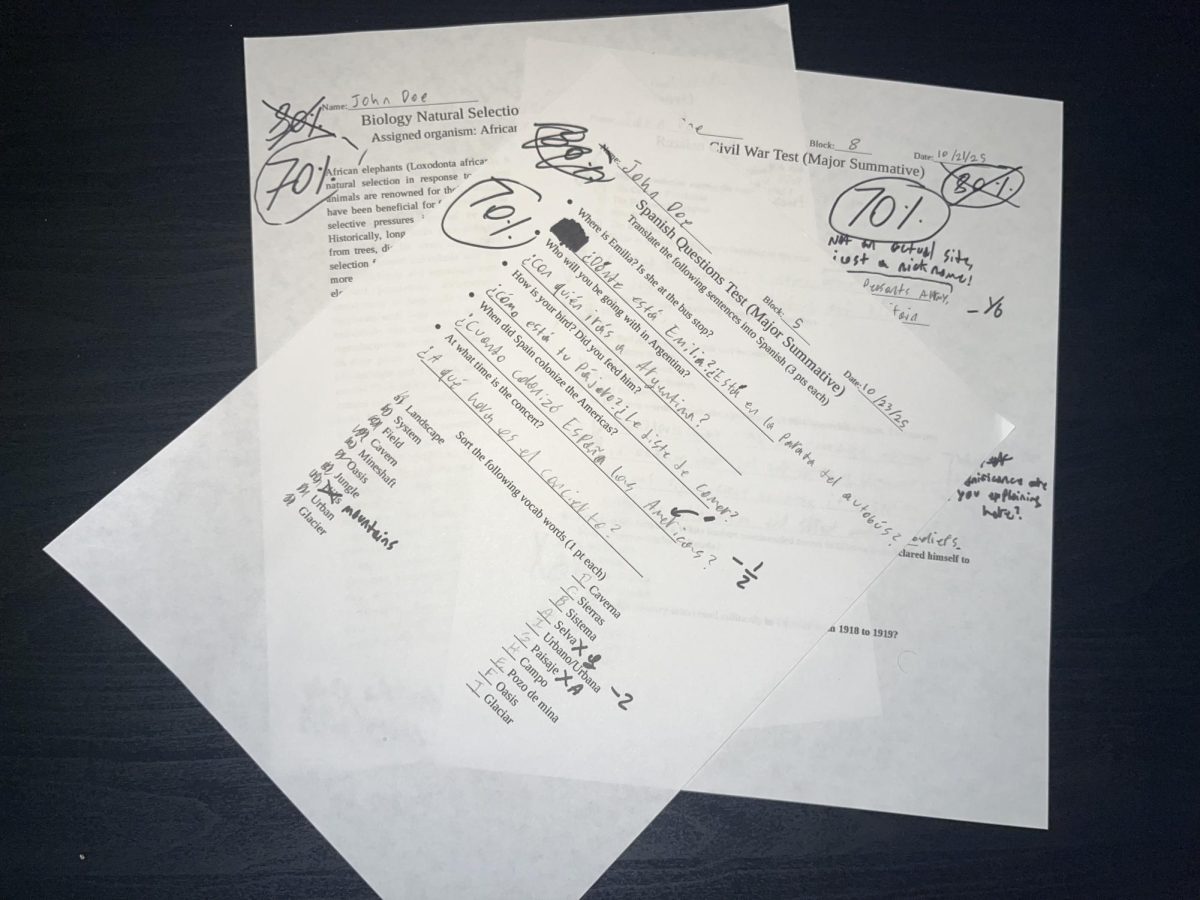

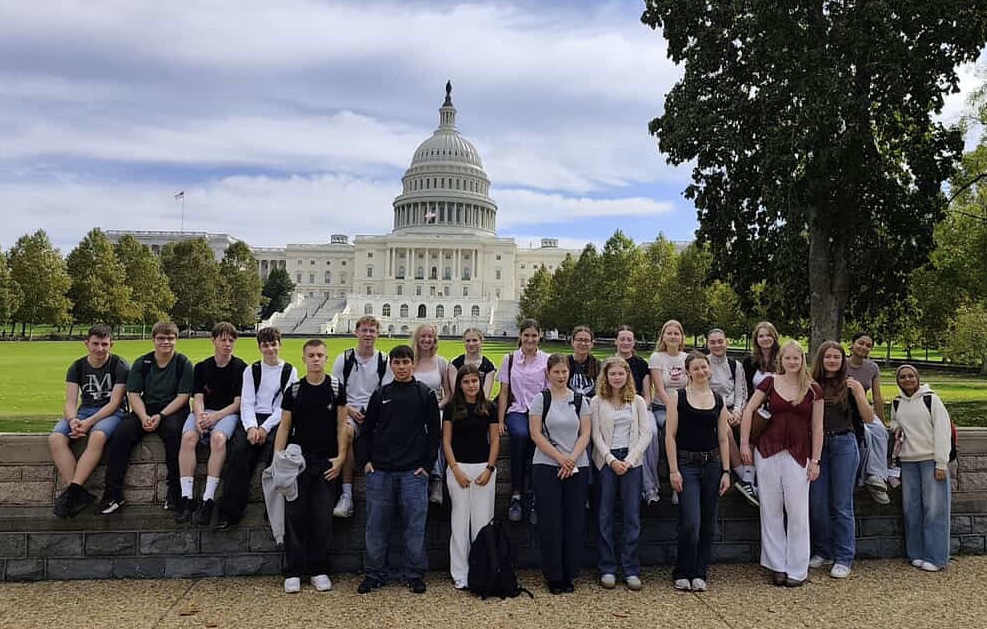
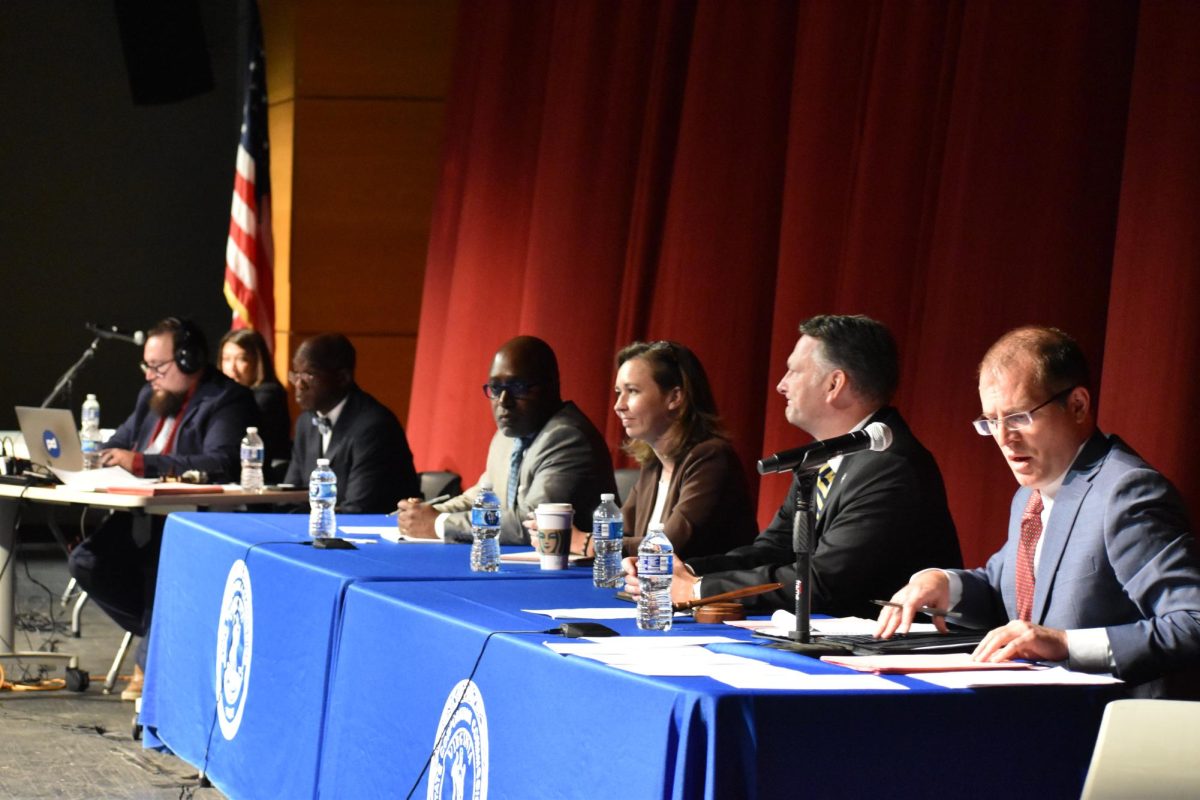

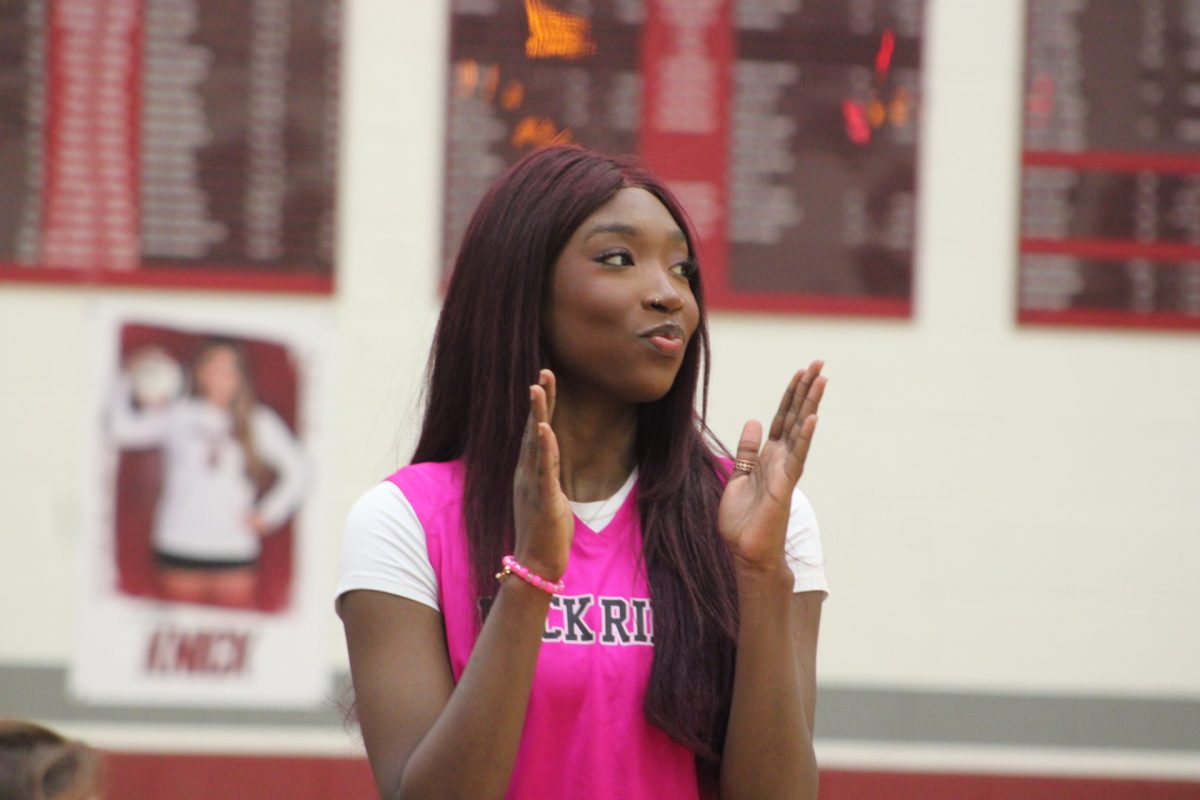
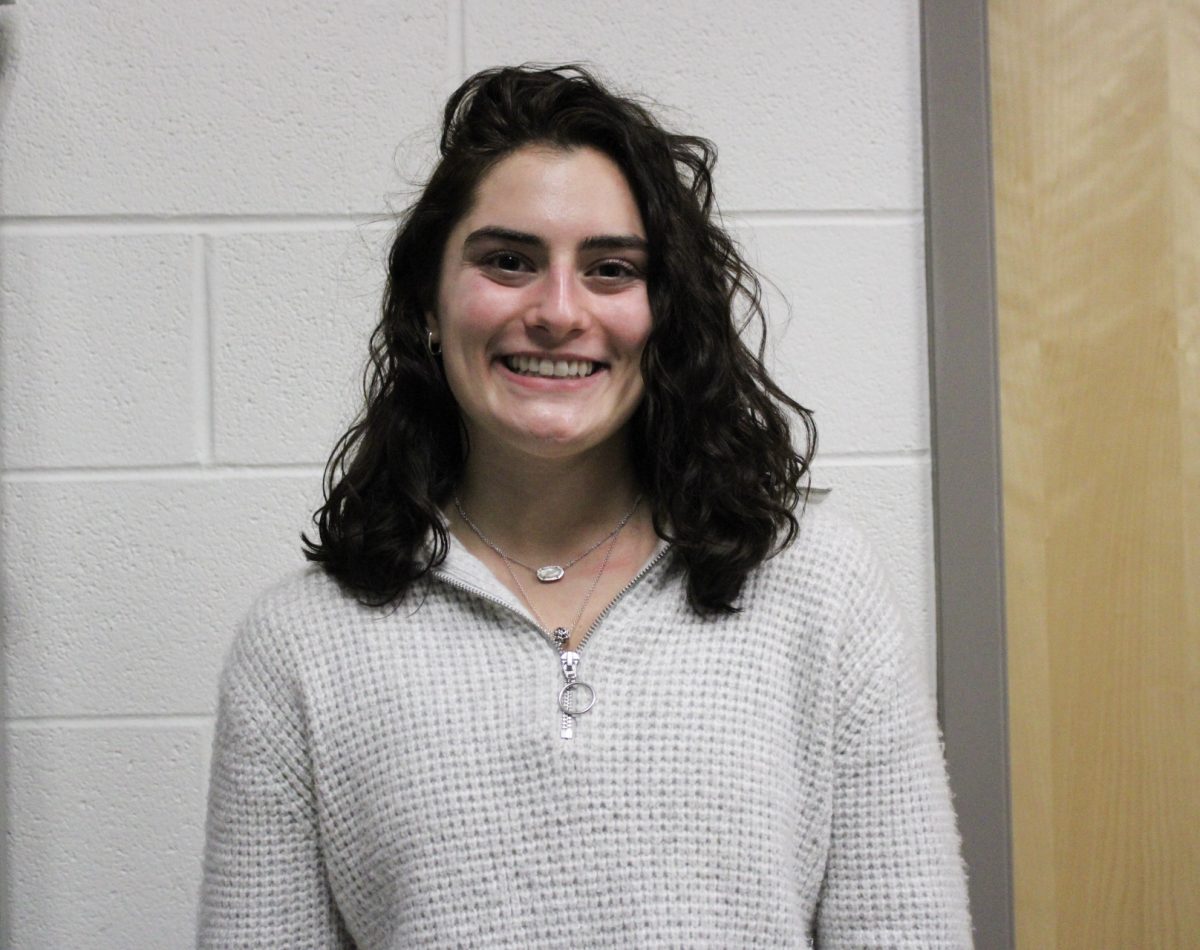
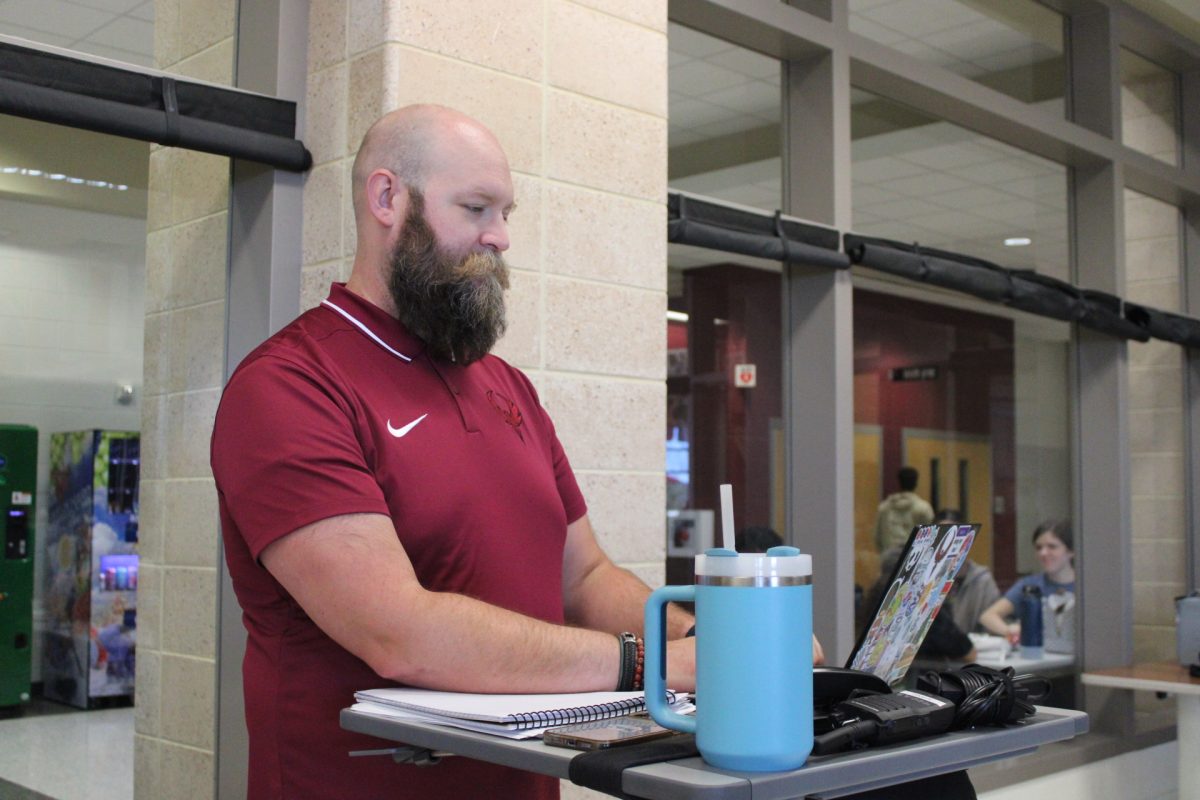

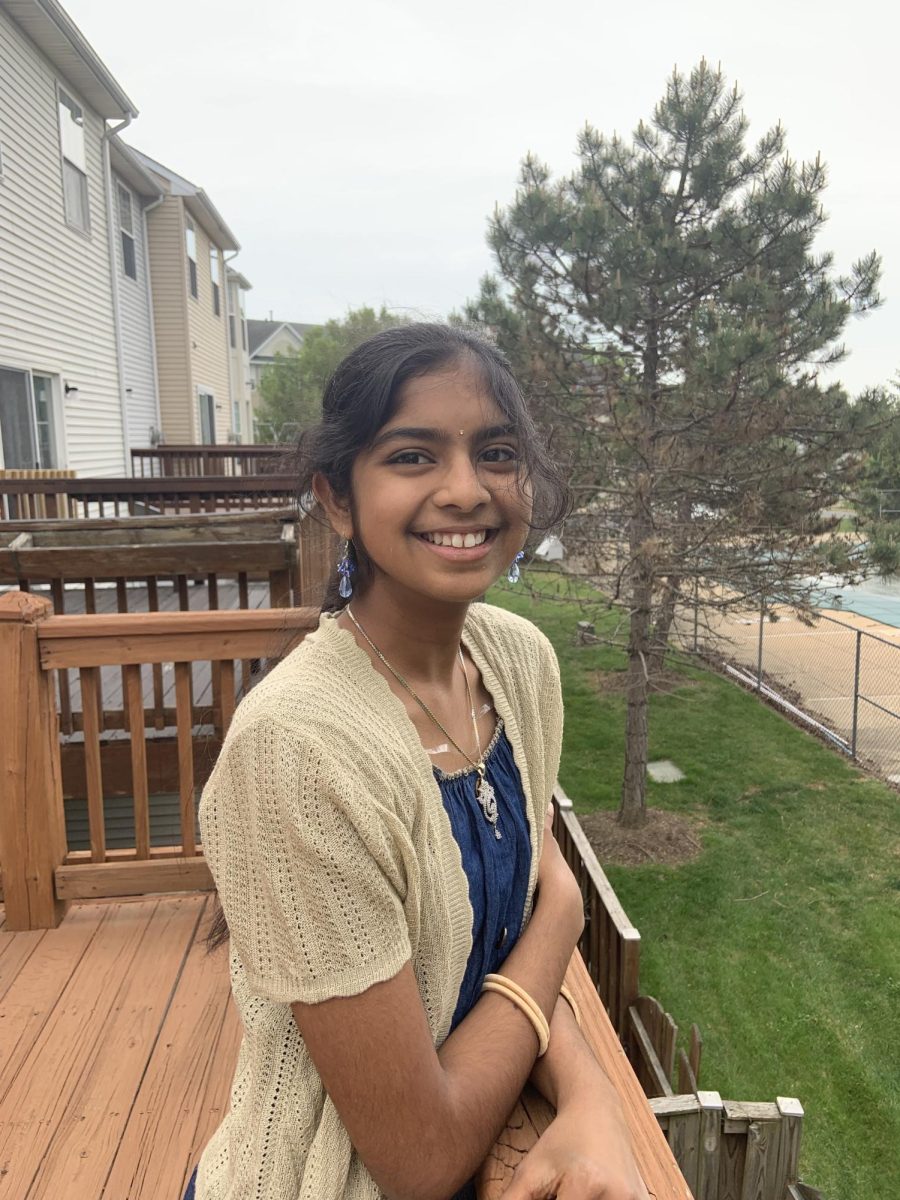


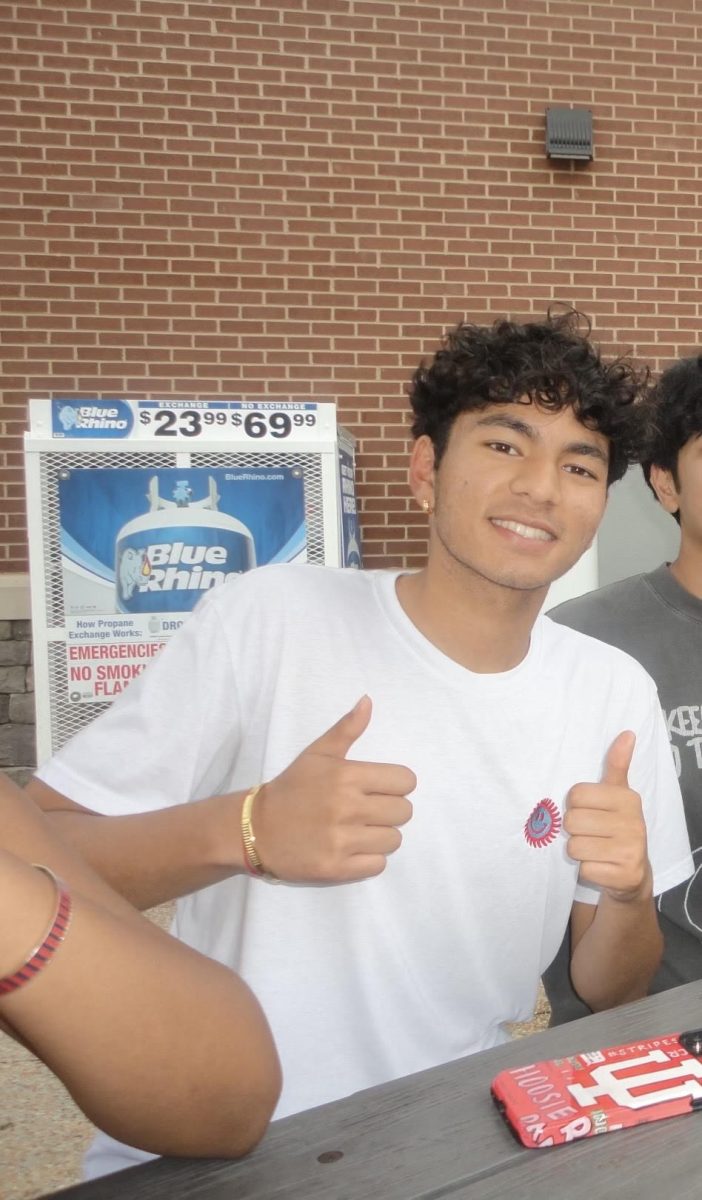
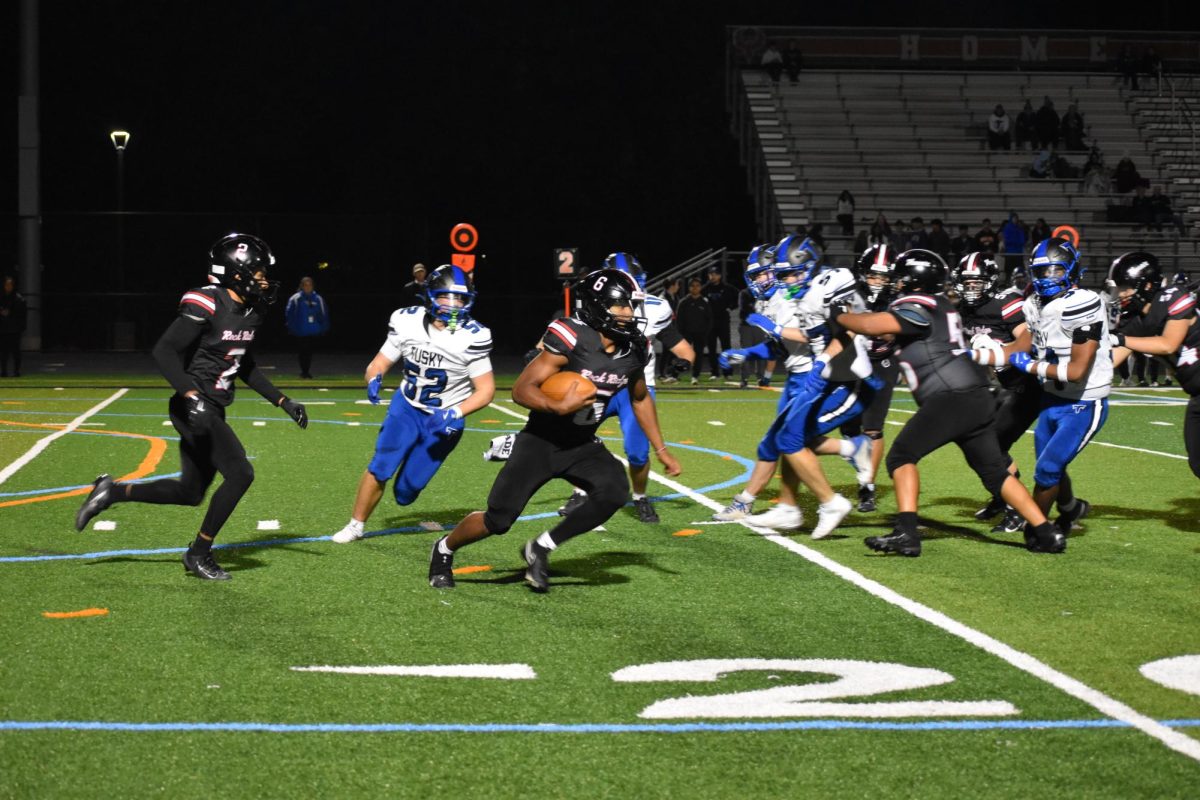
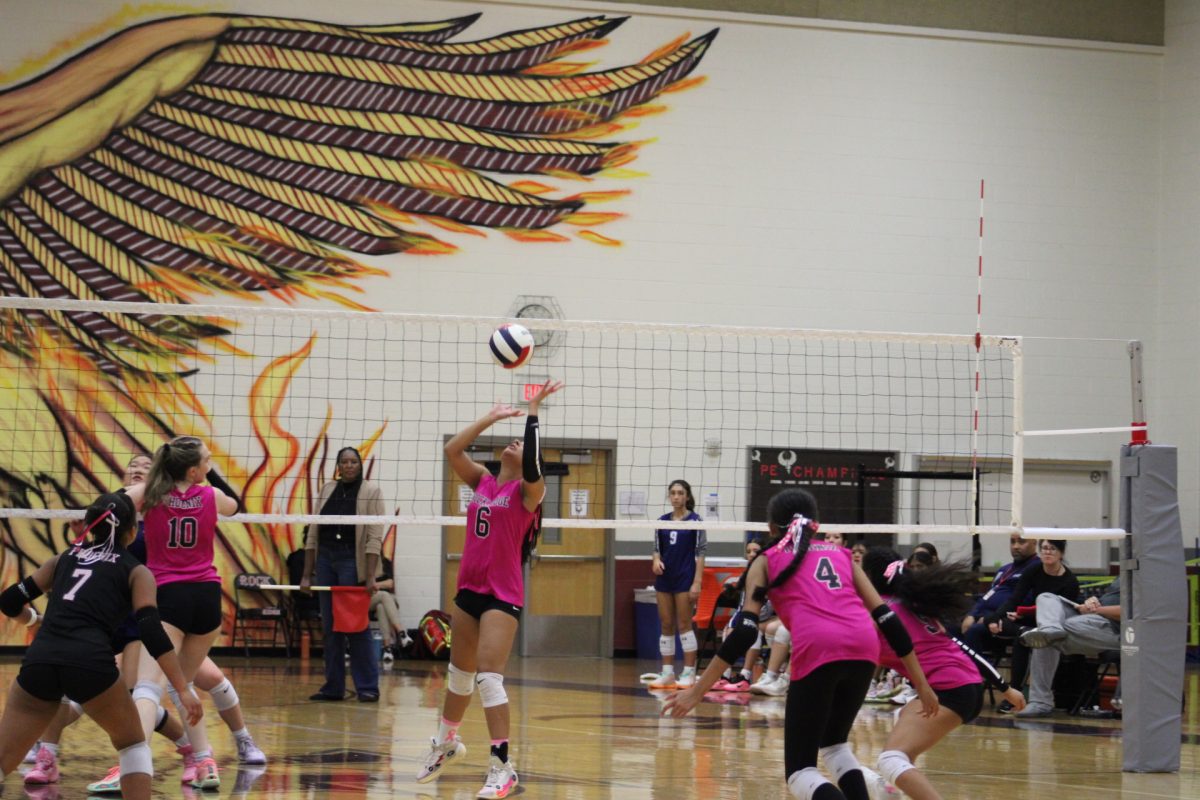
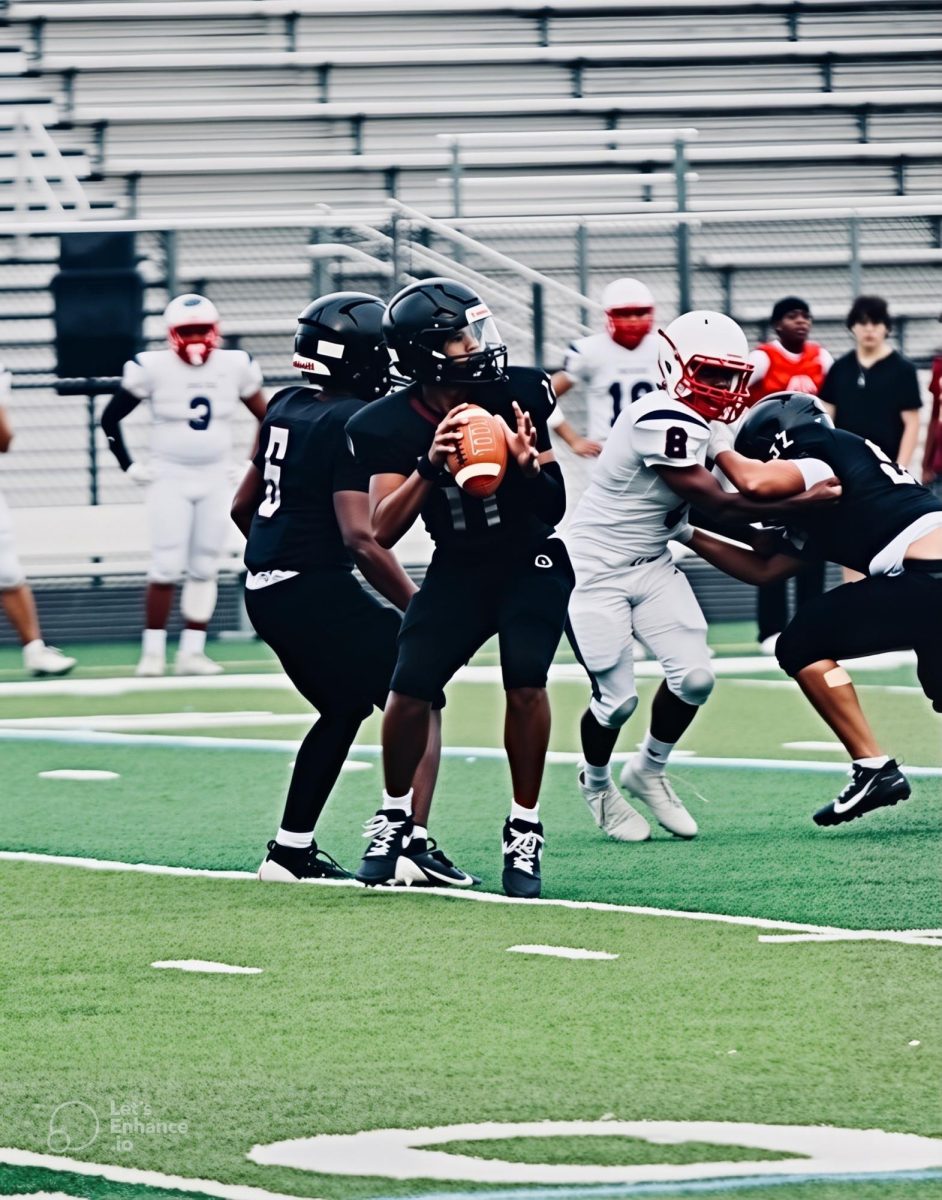
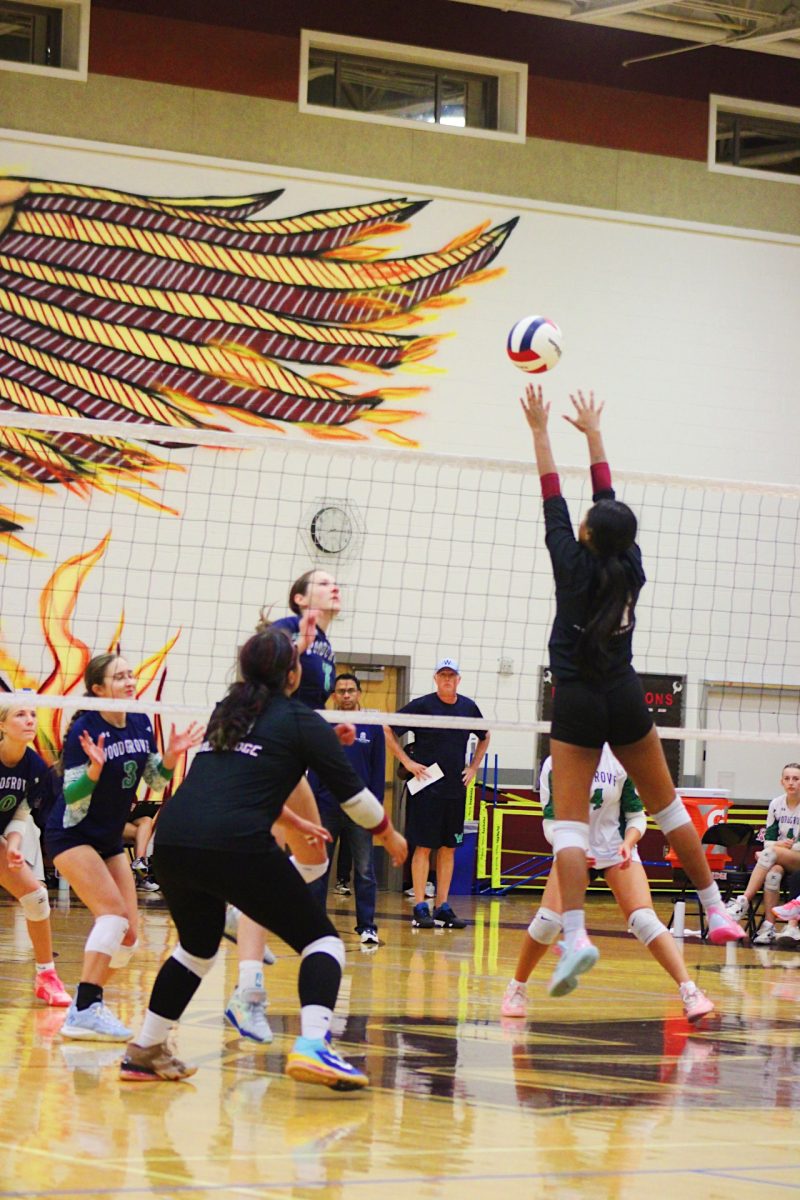


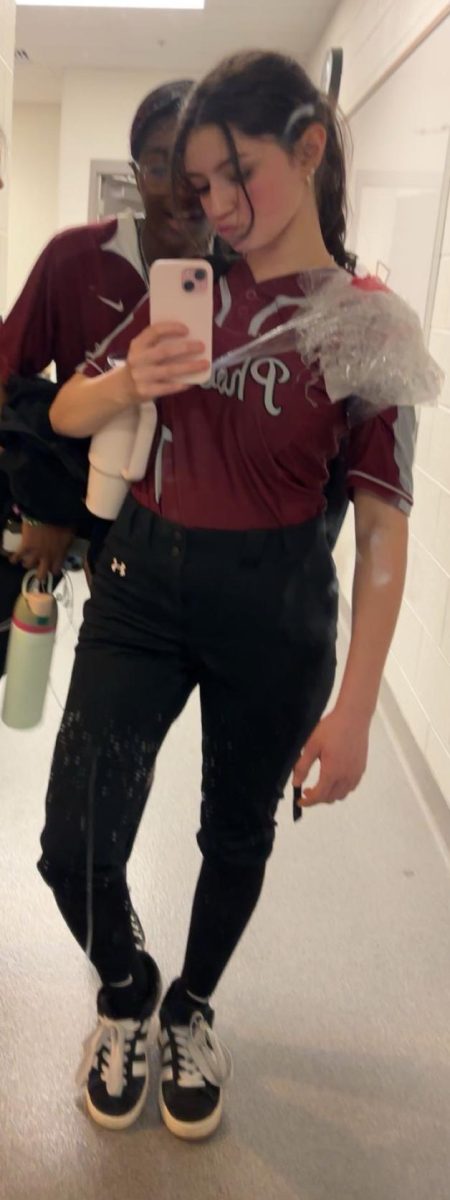
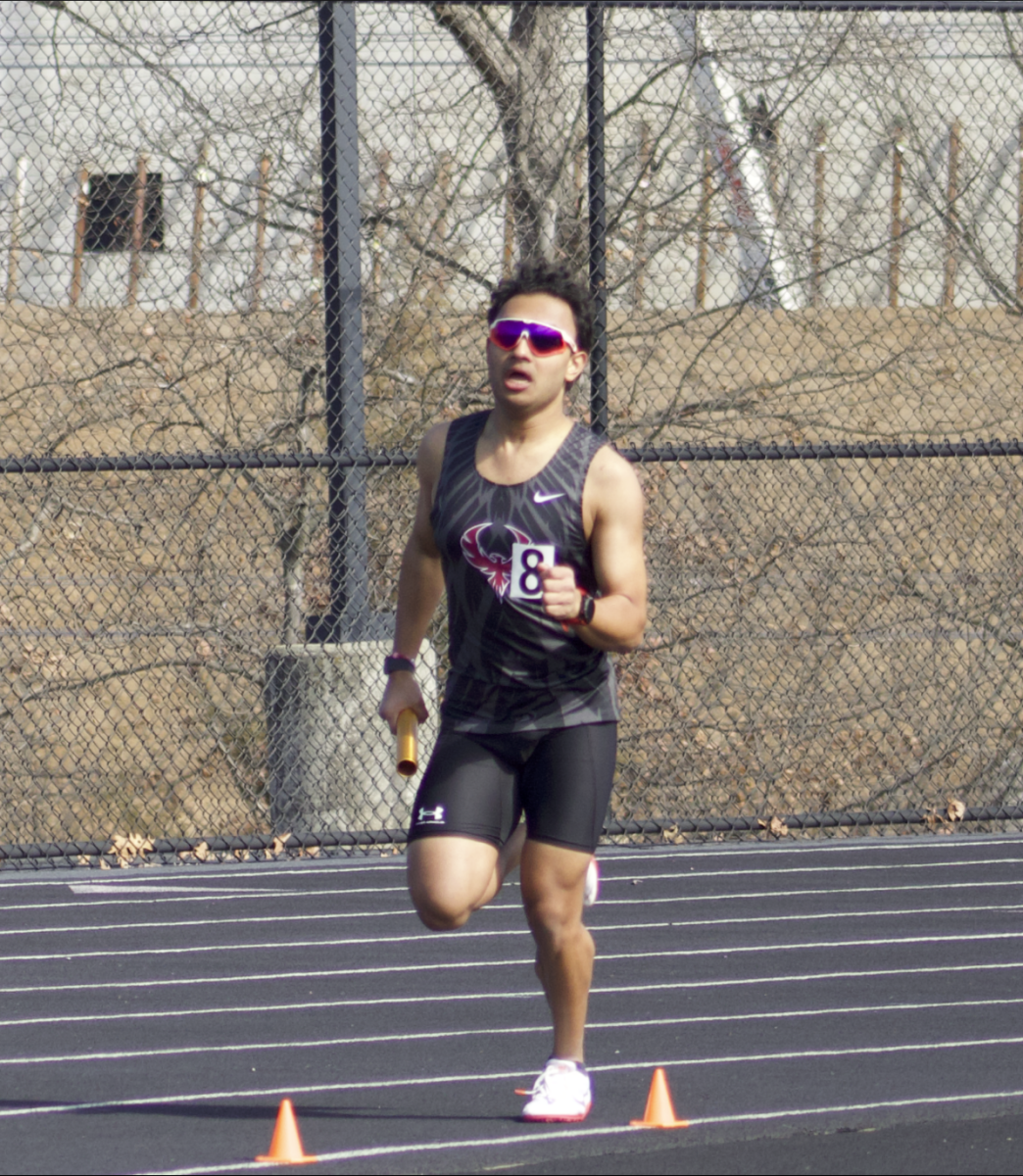

![The Phoenix varsity volleyball team lines up for the national anthem. “We were more communicative [with each other] during this game, and I feel like we kept our energy up, especially after the first set,” senior Jessica Valdov said.](https://theblazerrhs.com/wp-content/uploads/2024/10/DSC_0202-1200x800.jpg)
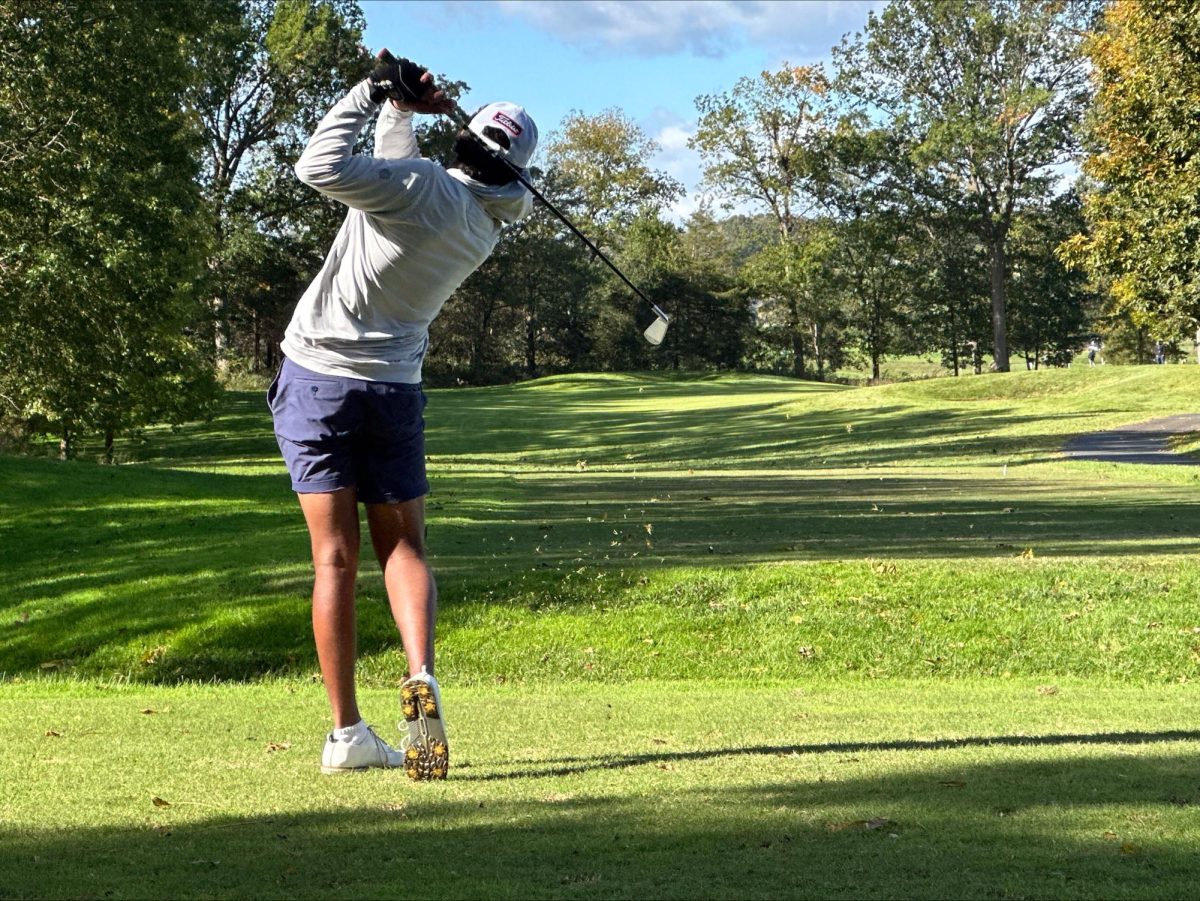
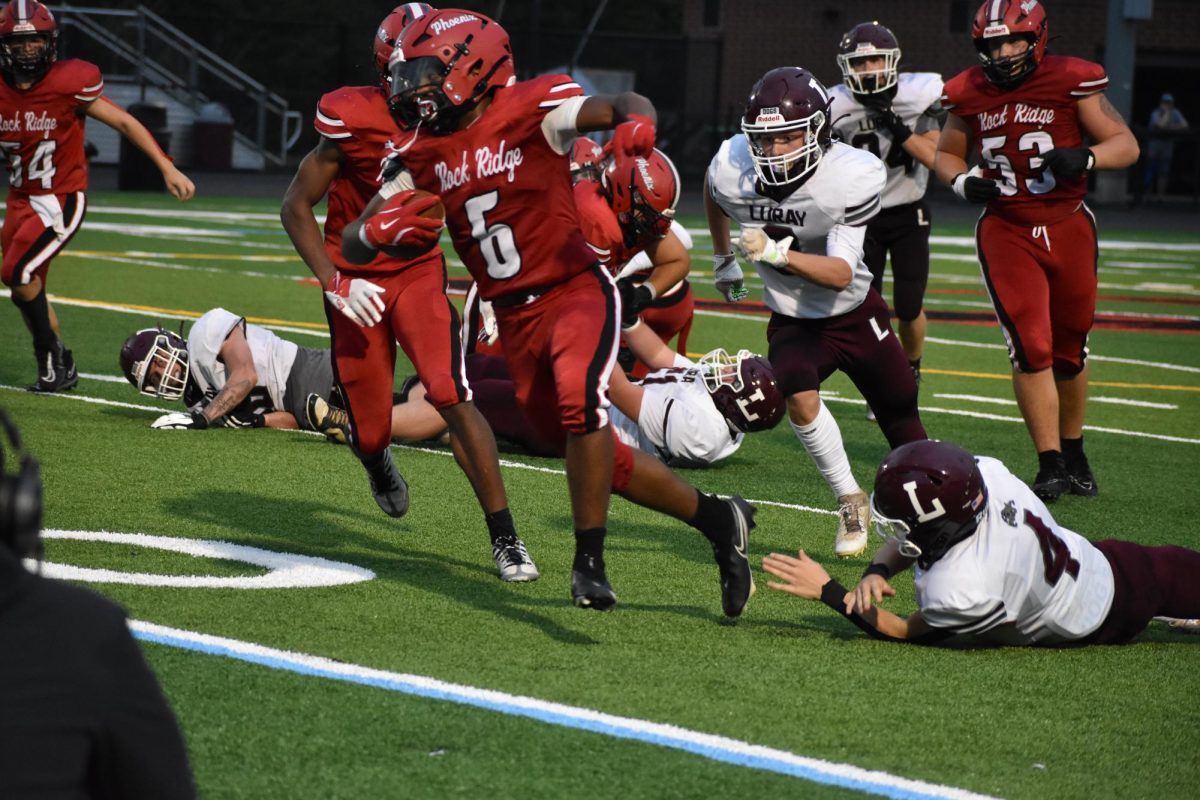
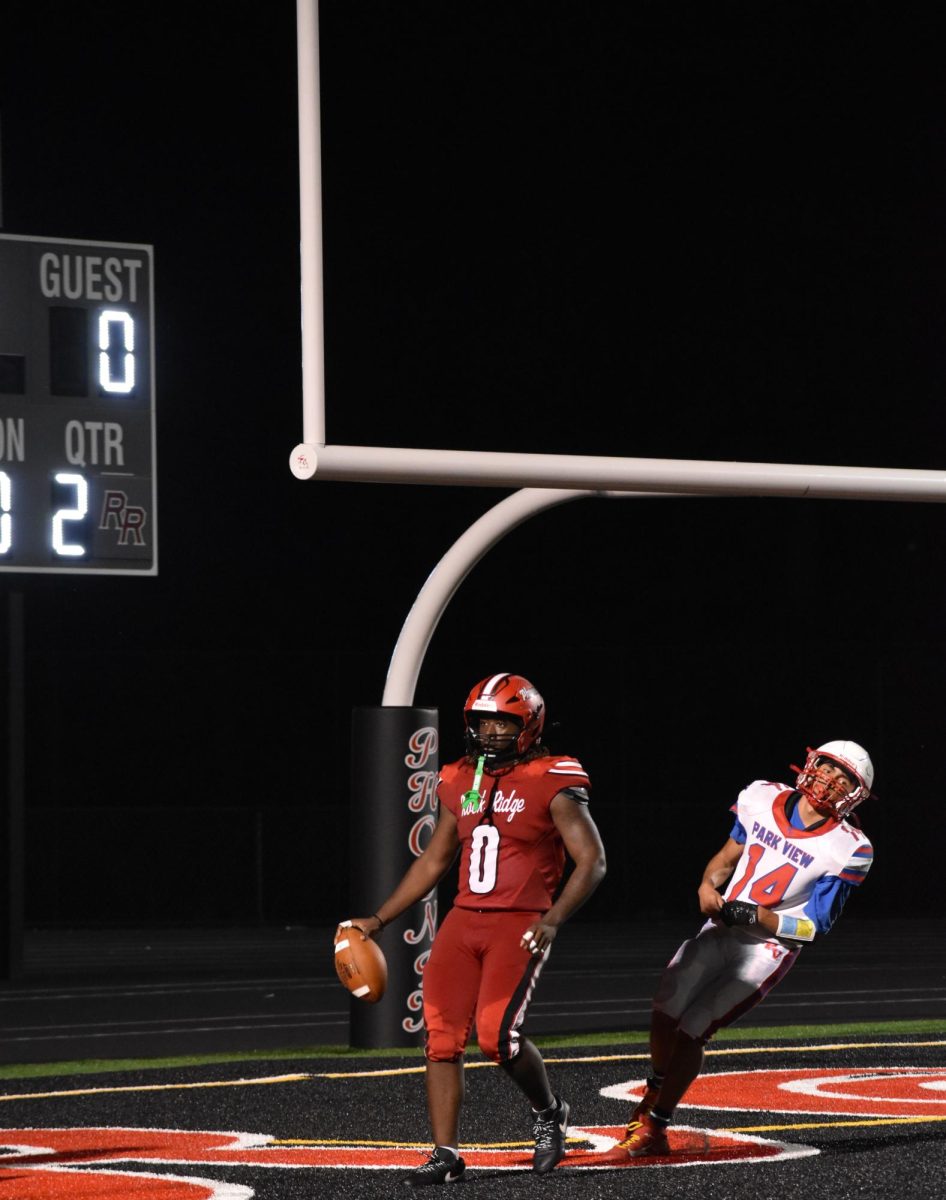
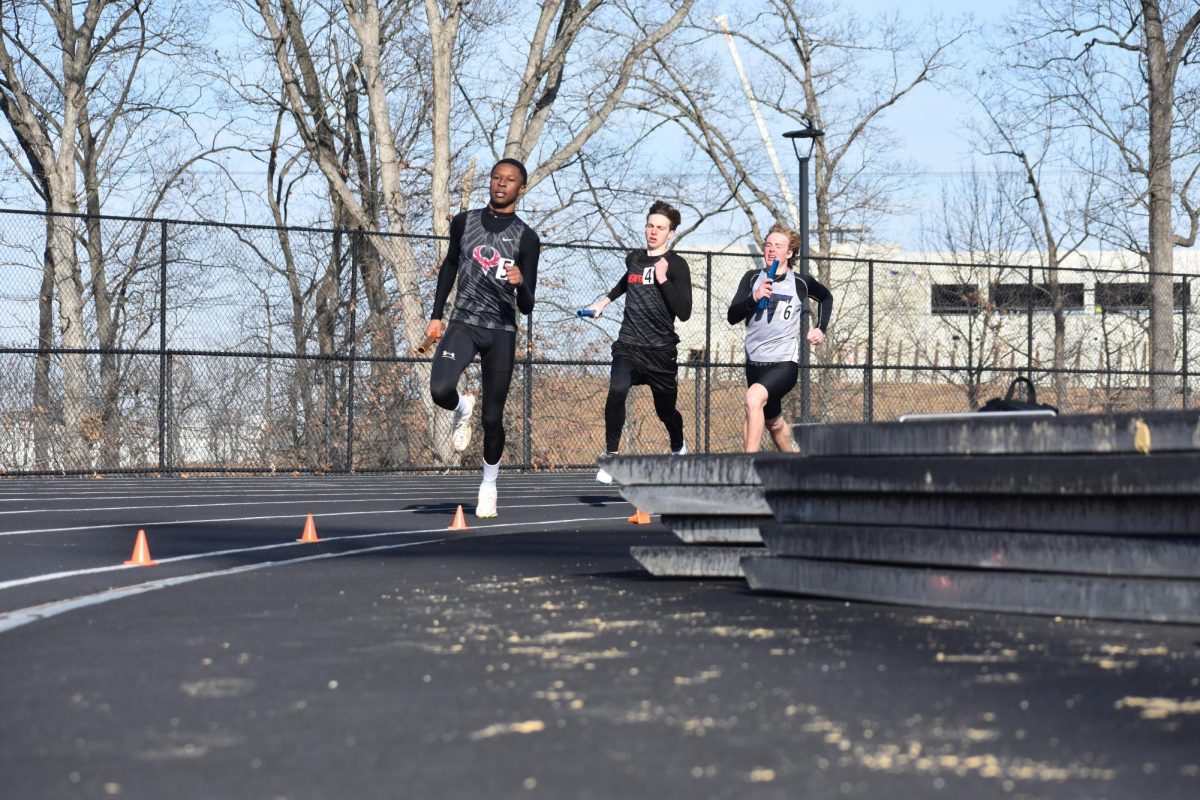
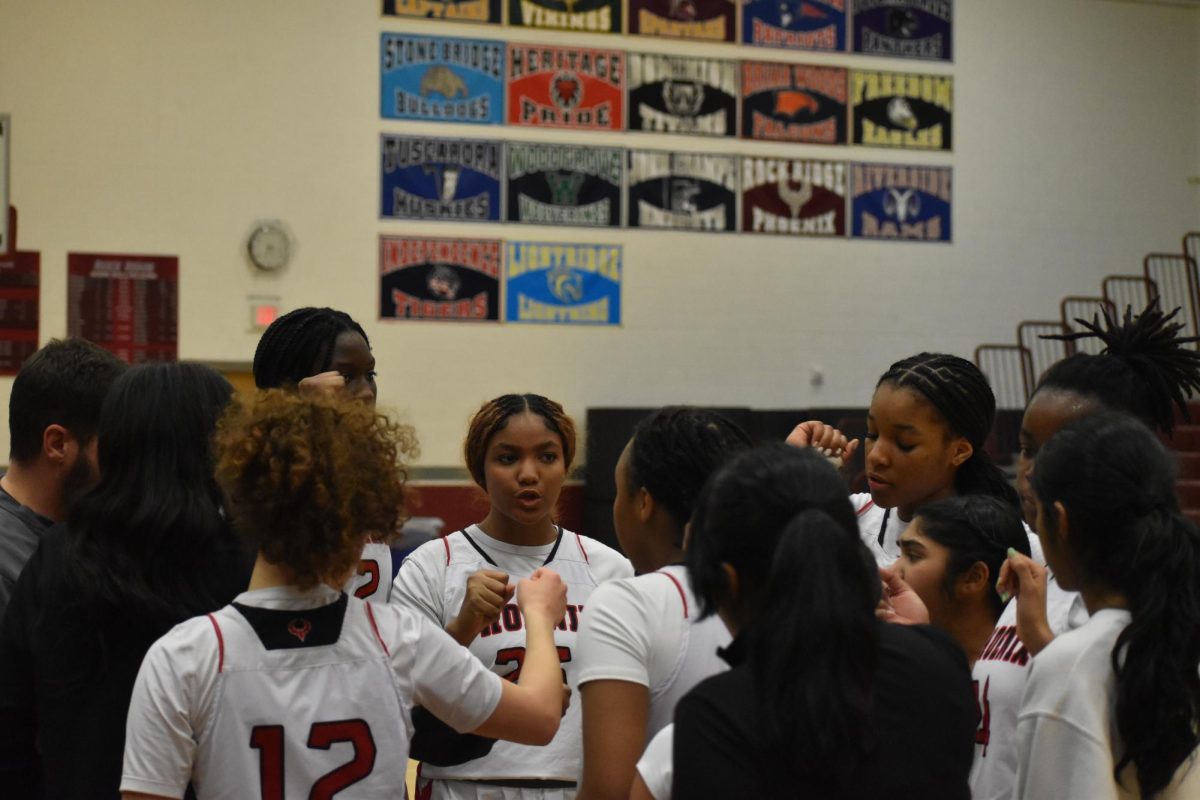
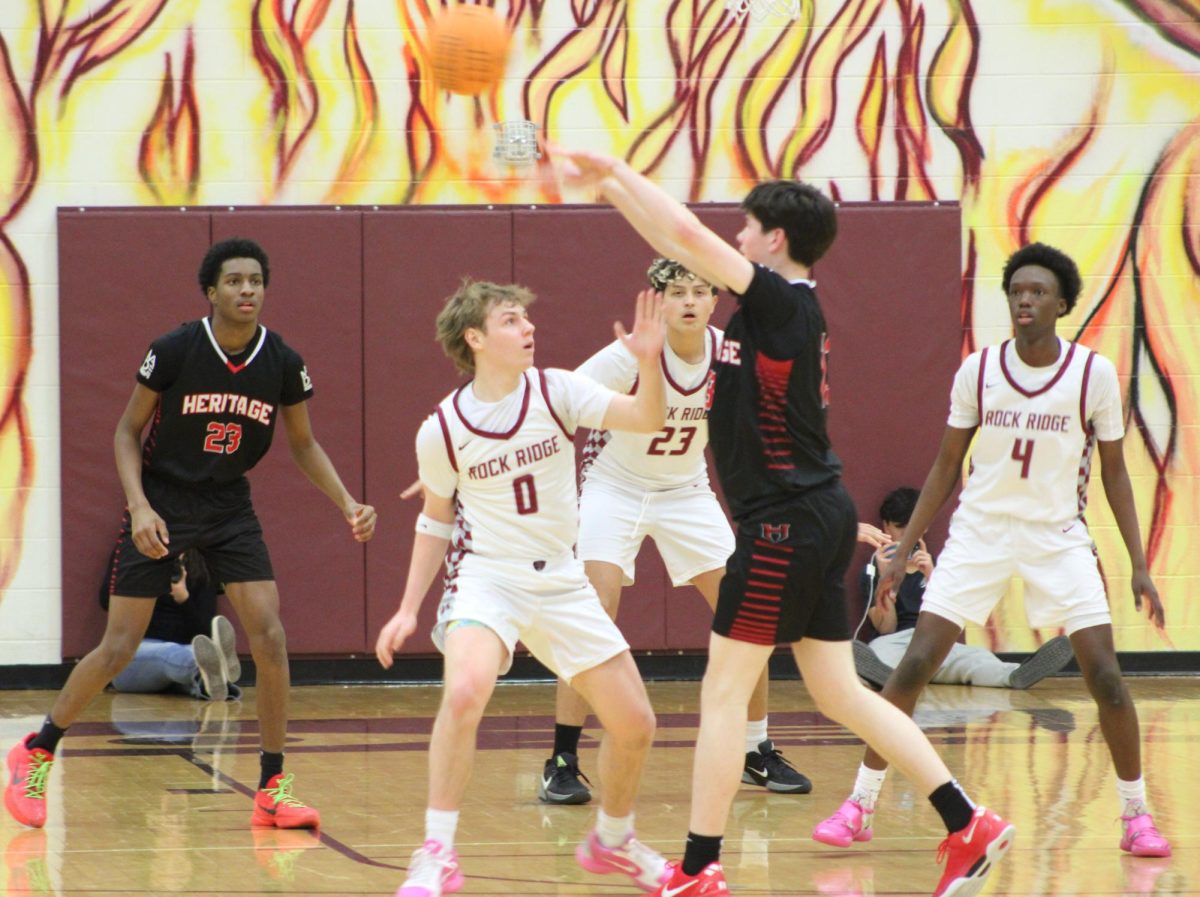
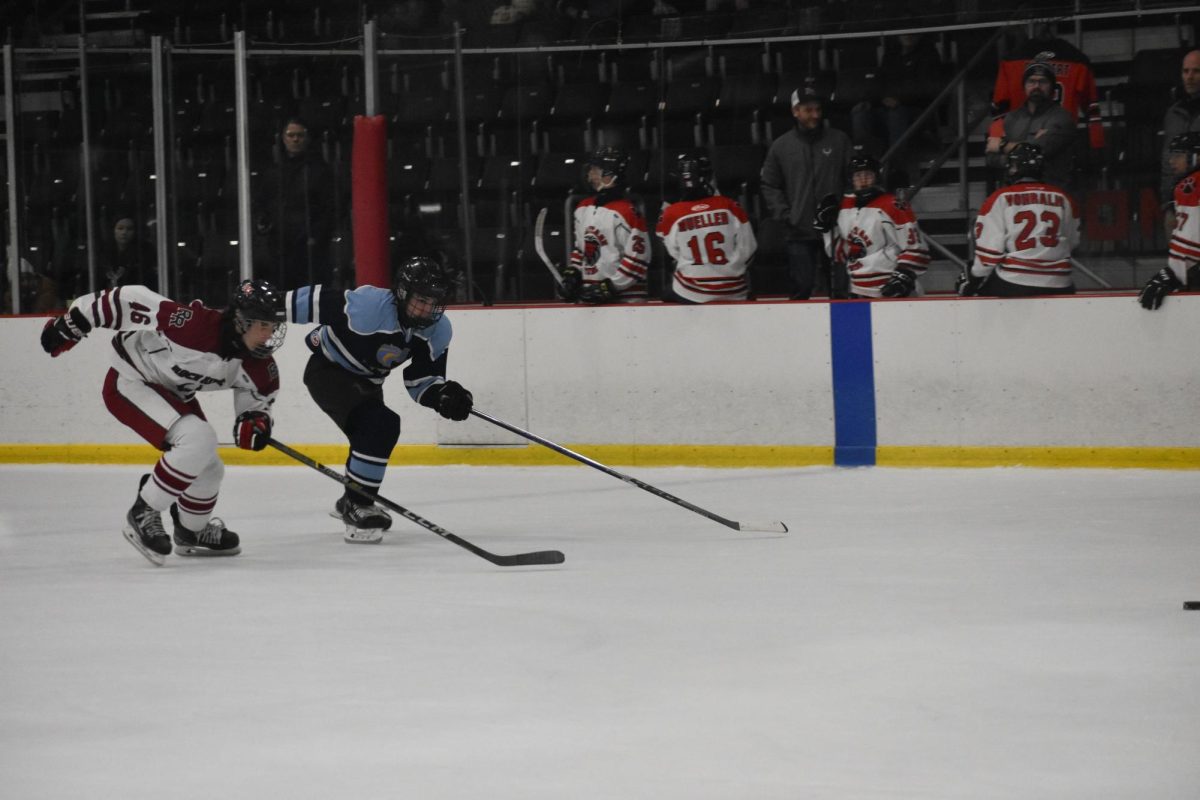
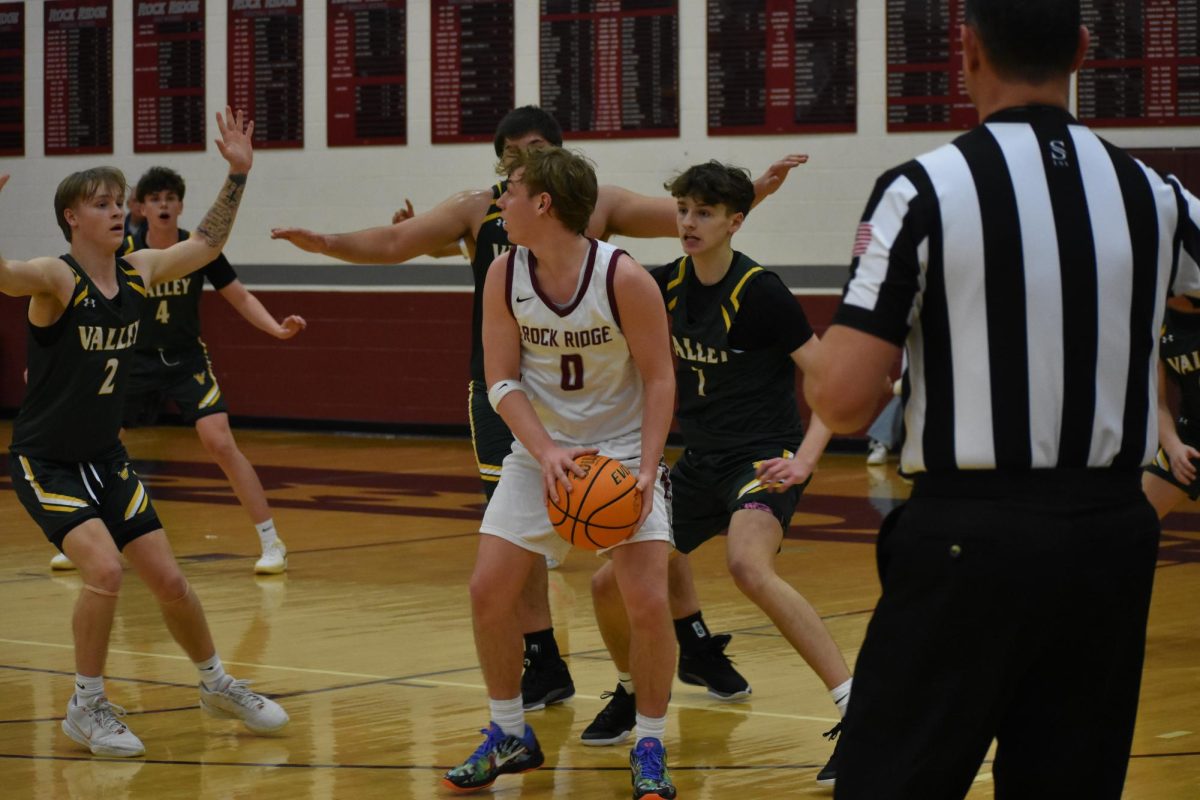
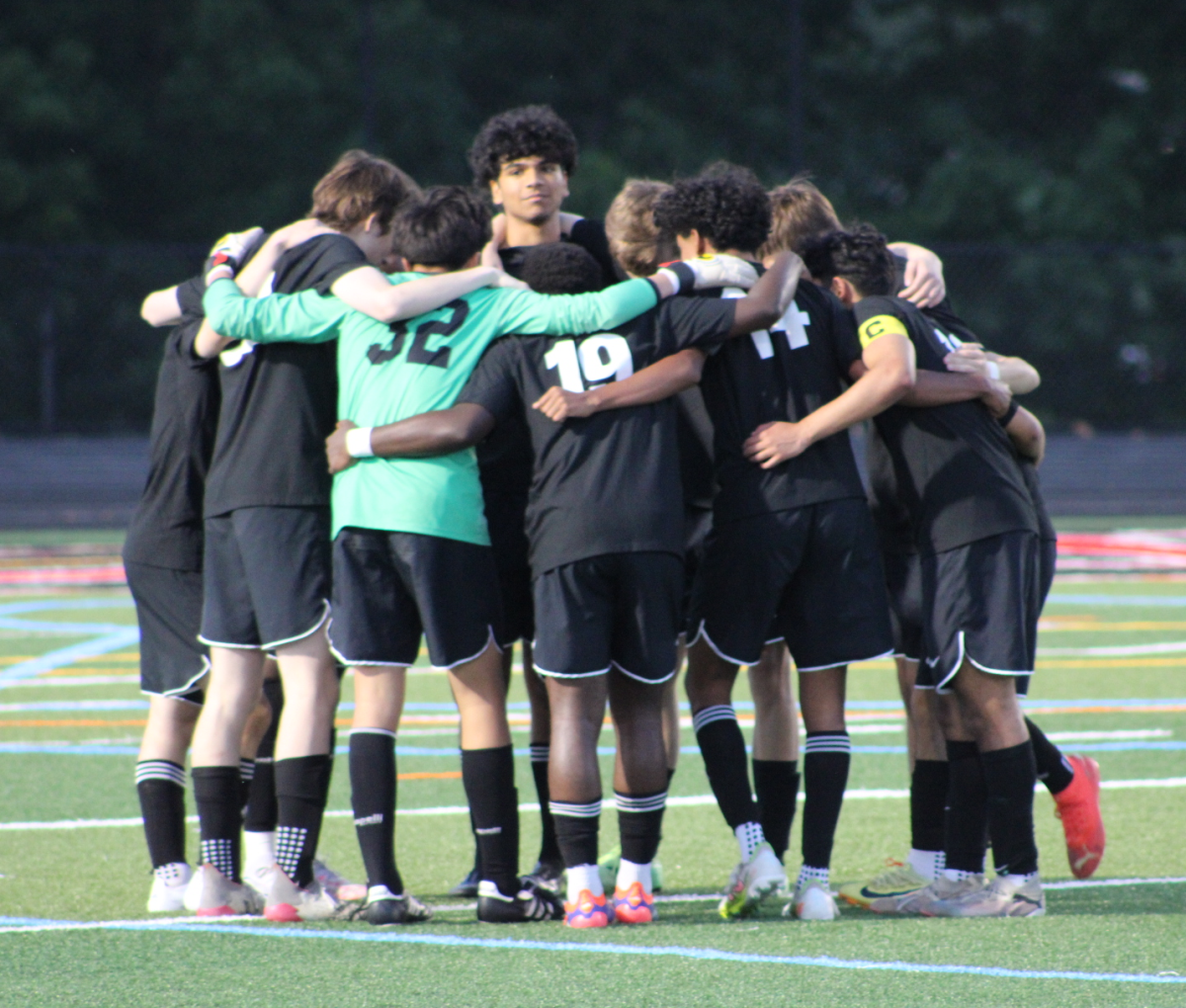
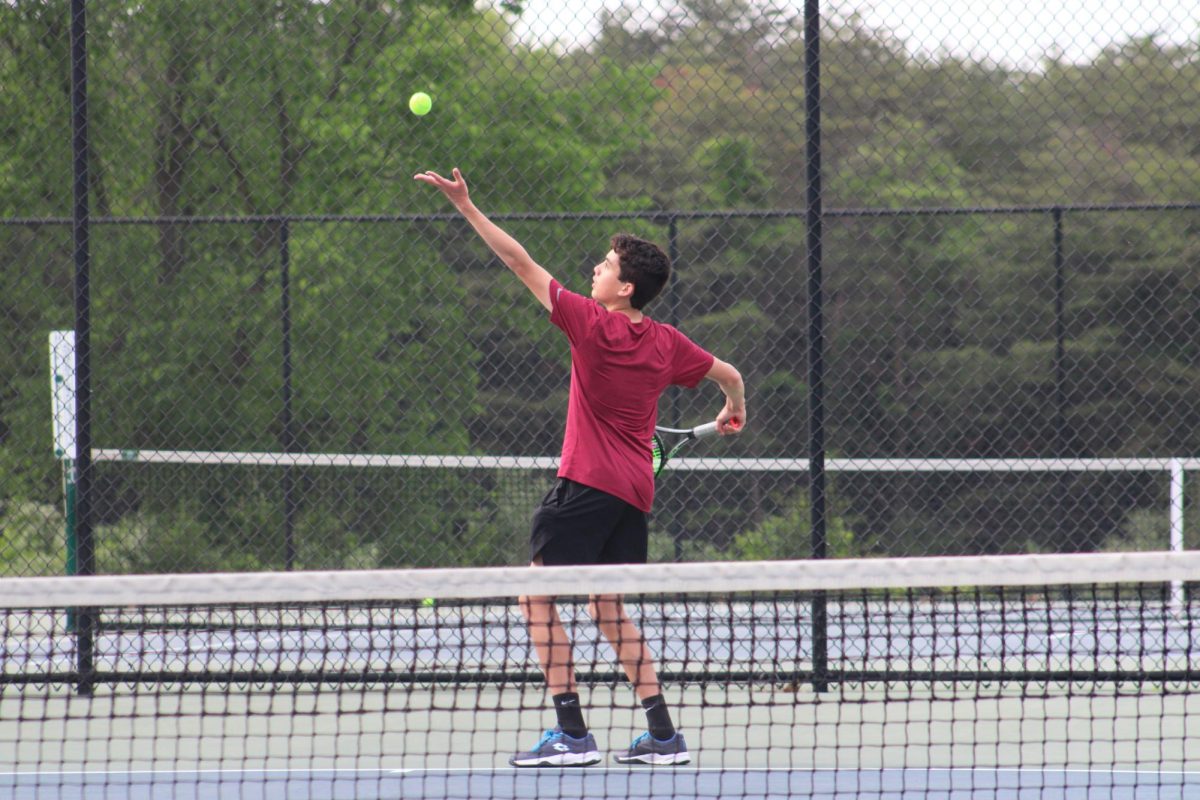
![Junior Alex Alkhal pitches the ball. “[I] just let it go and keep practicing so we can focus on our goal for the next game to get better as a team,” Alkhal said.](https://theblazerrhs.com/wp-content/uploads/2025/05/DSC_0013-1-1200x929.jpg)
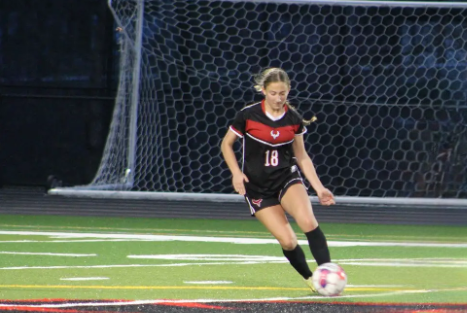
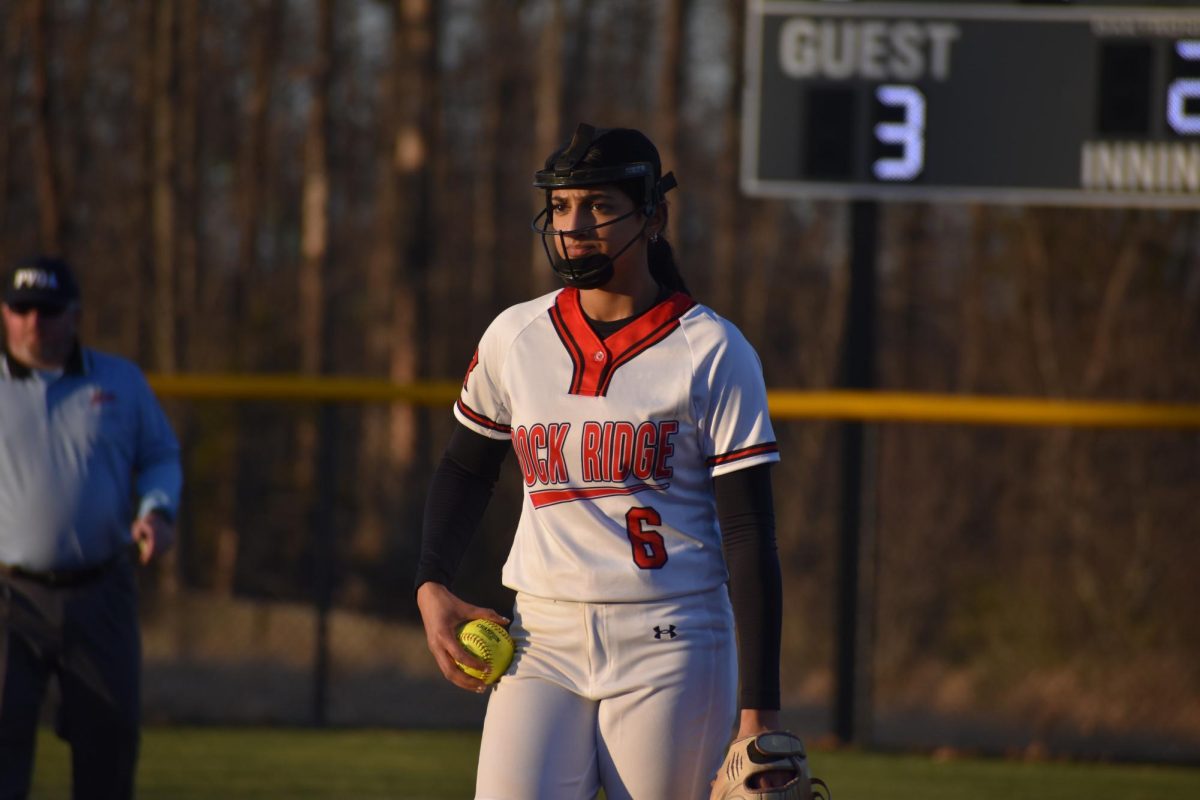
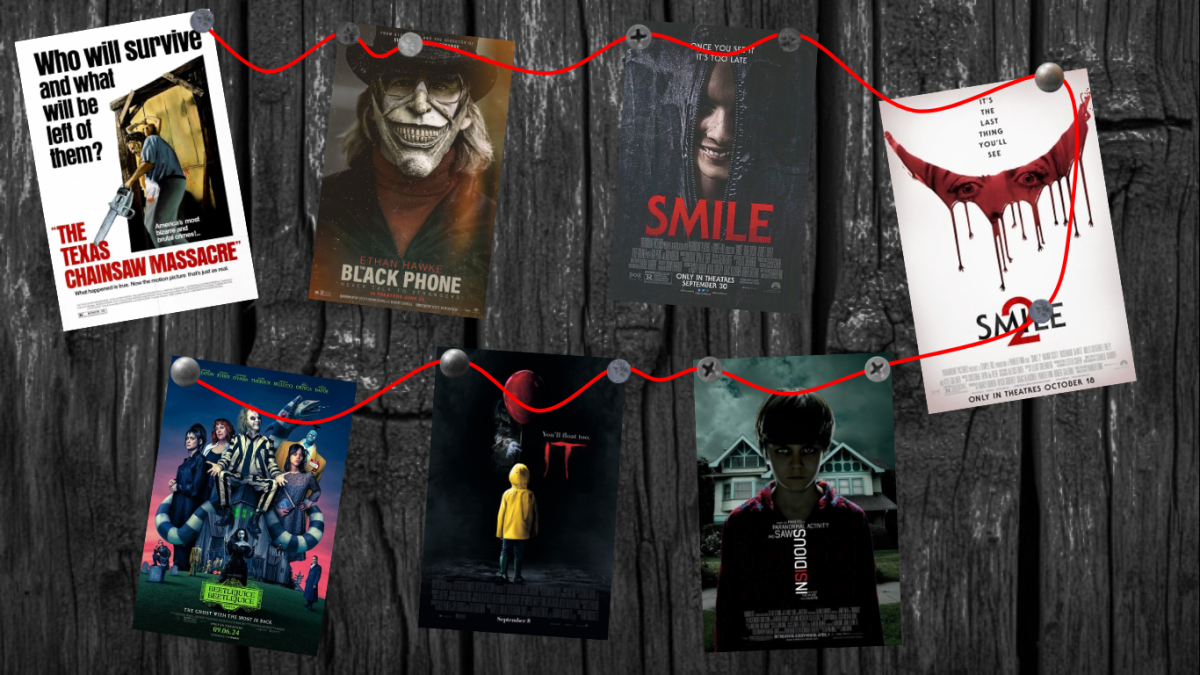

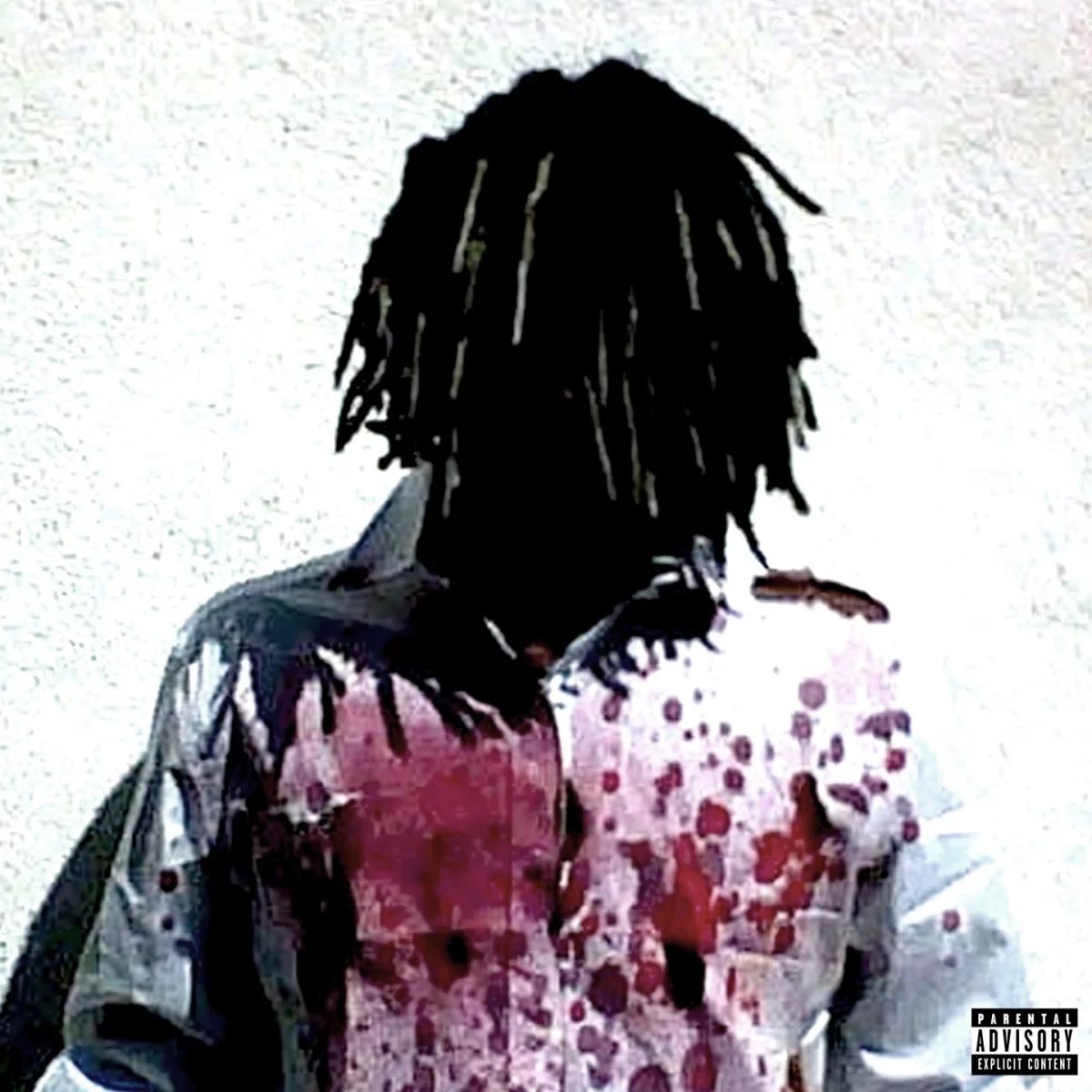

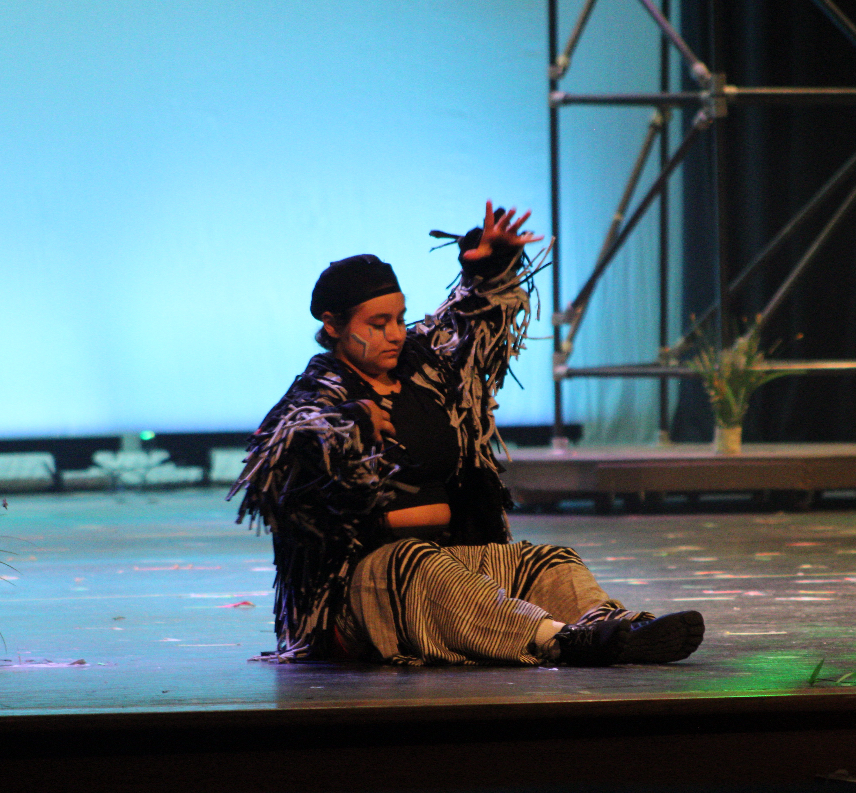
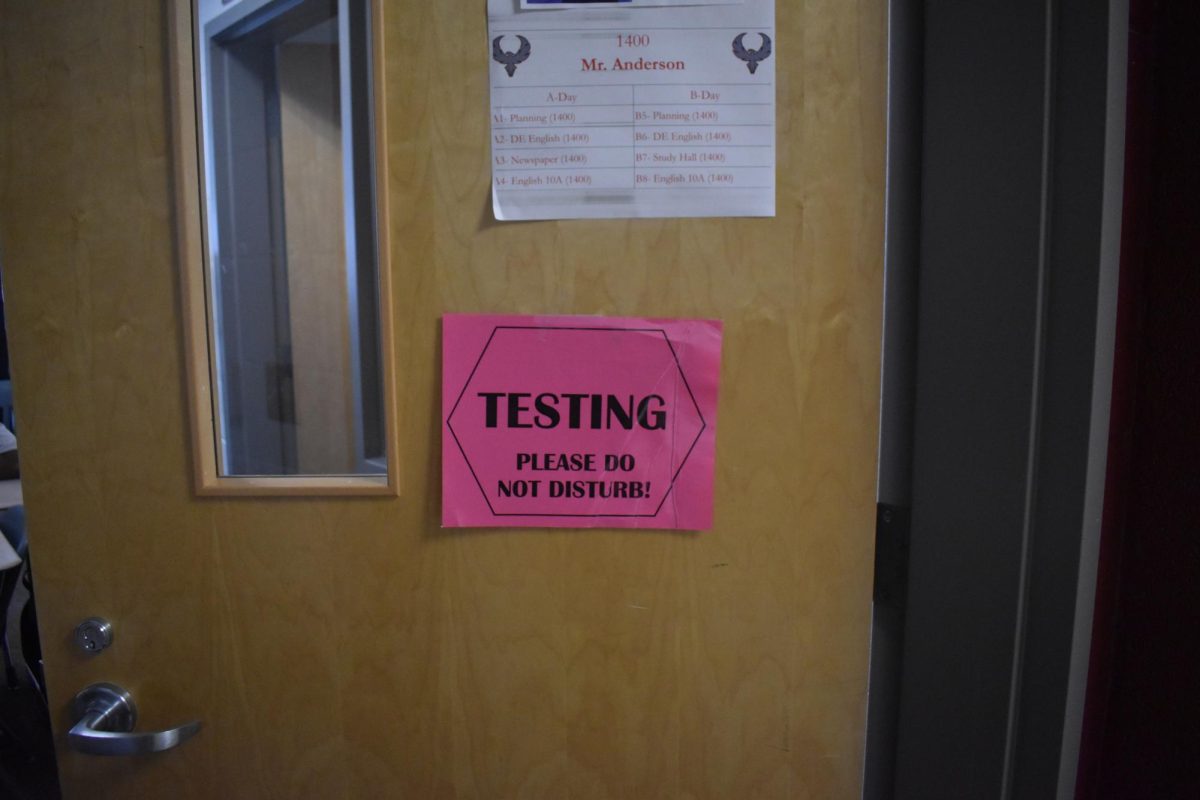



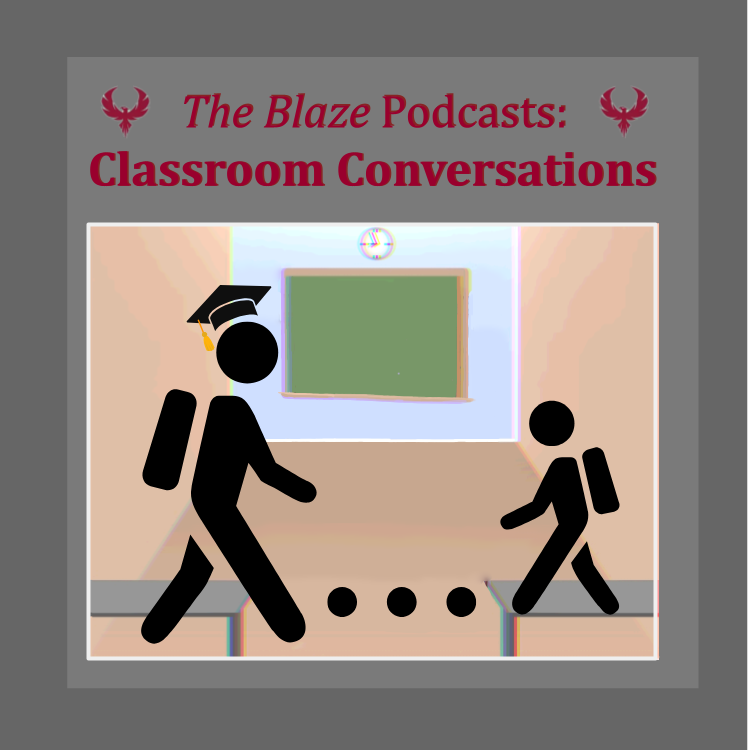
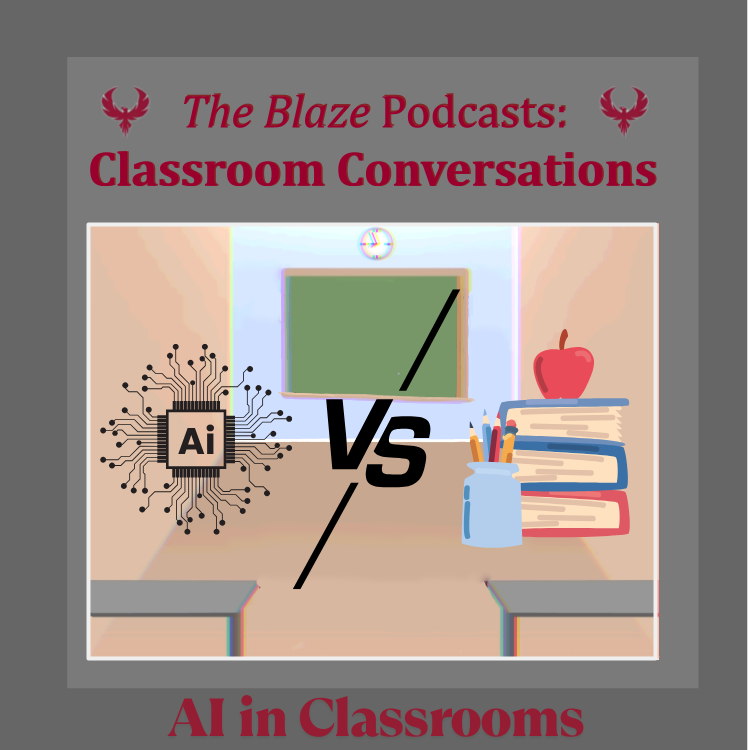
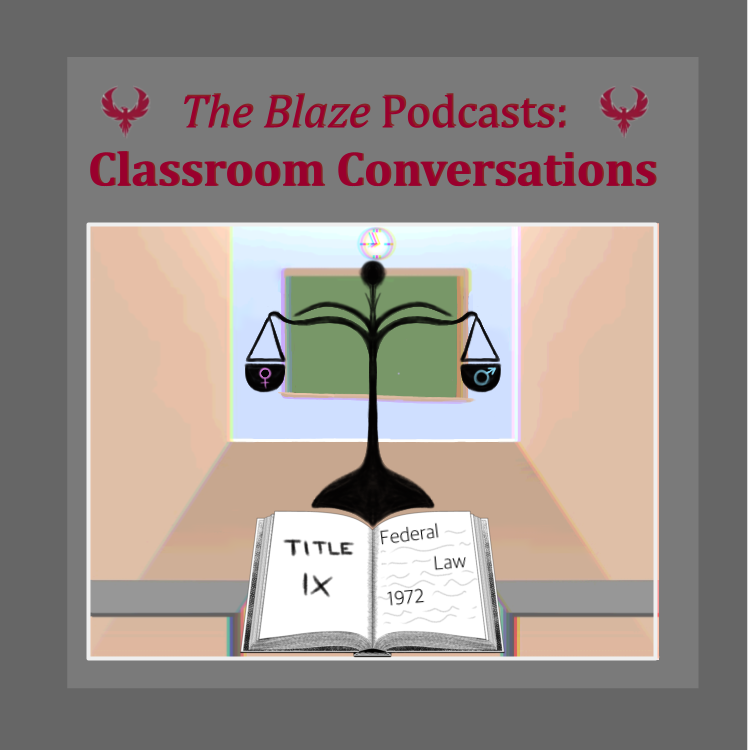
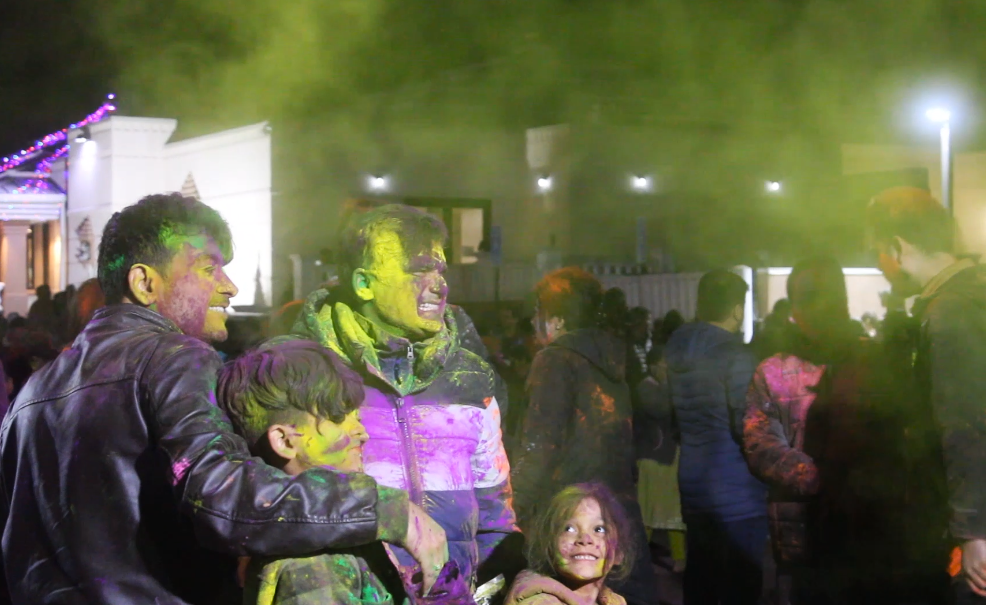
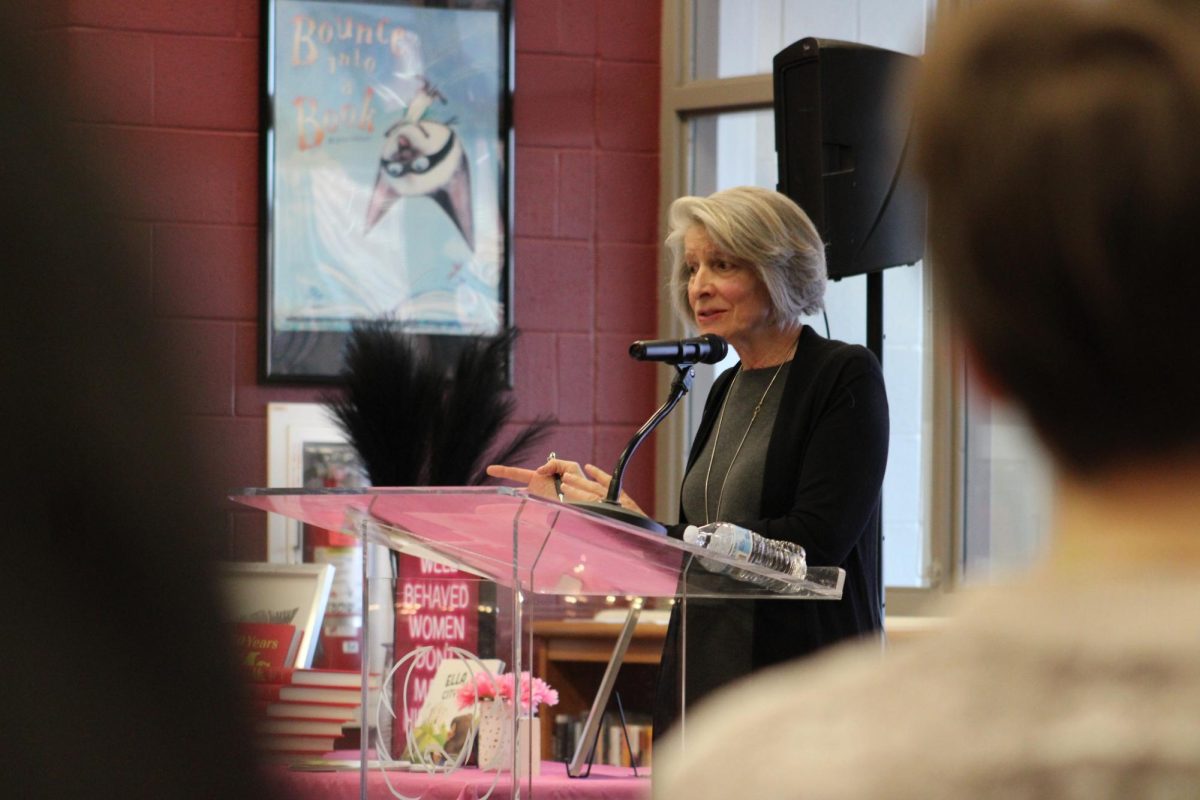
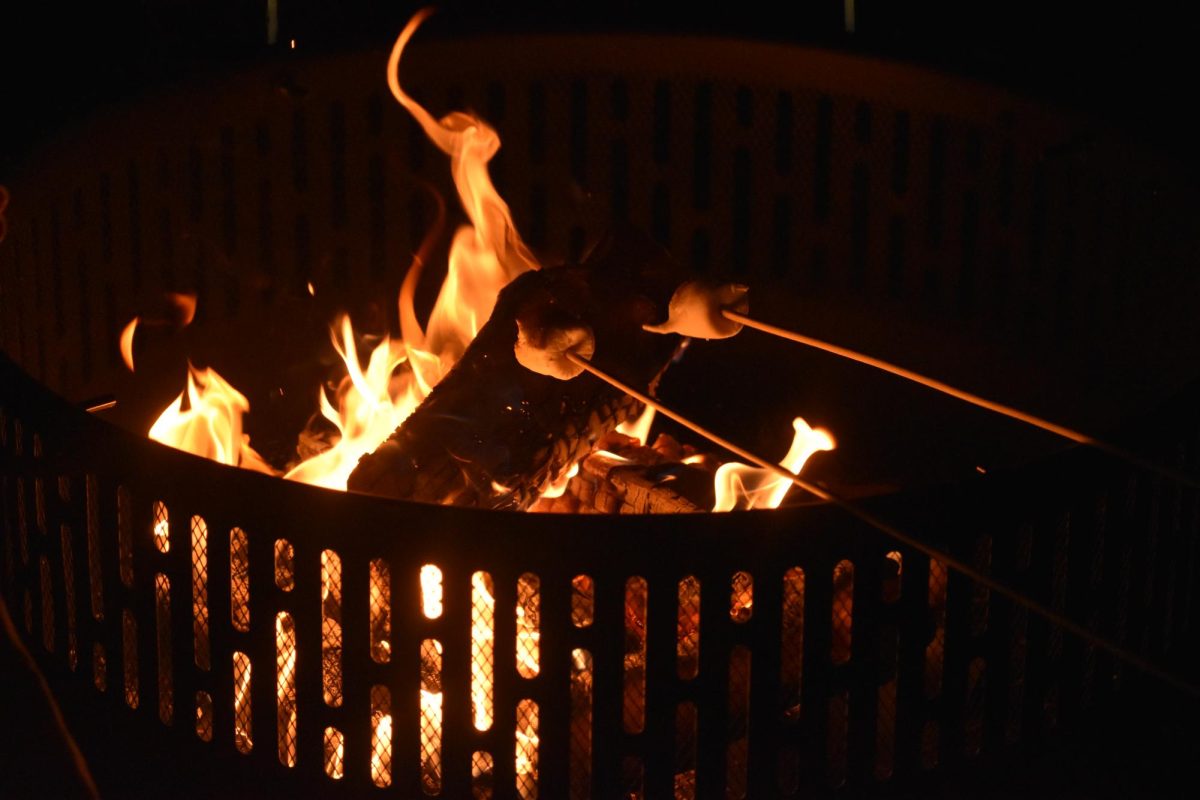


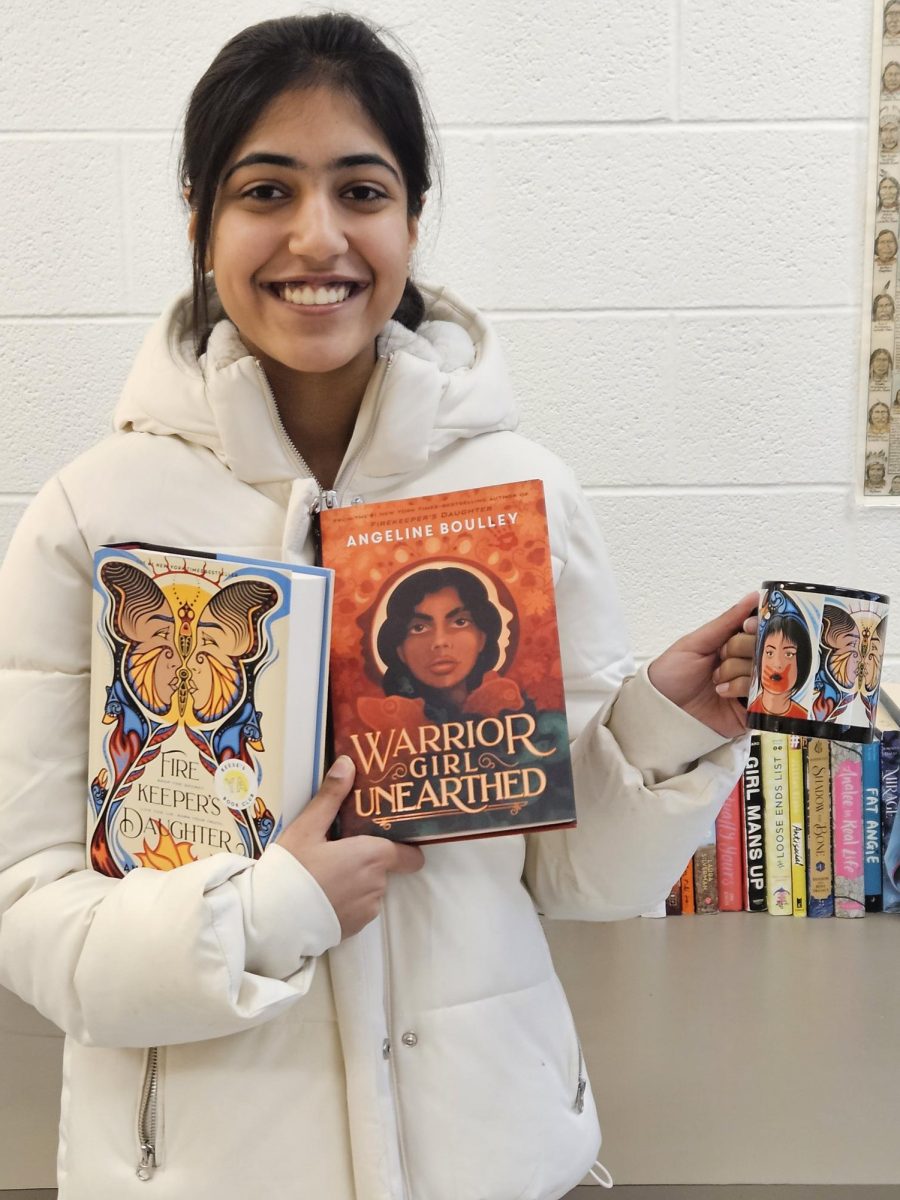





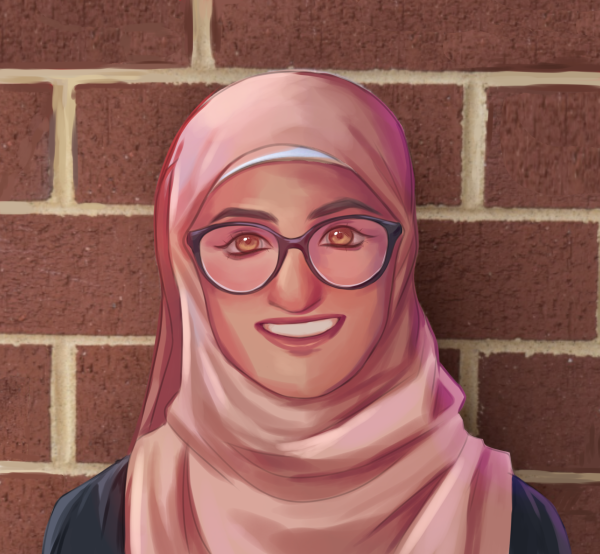
Ruchi • Feb 25, 2025 at 3:37 pm
Wow! Awesome
Congratulations Simone!